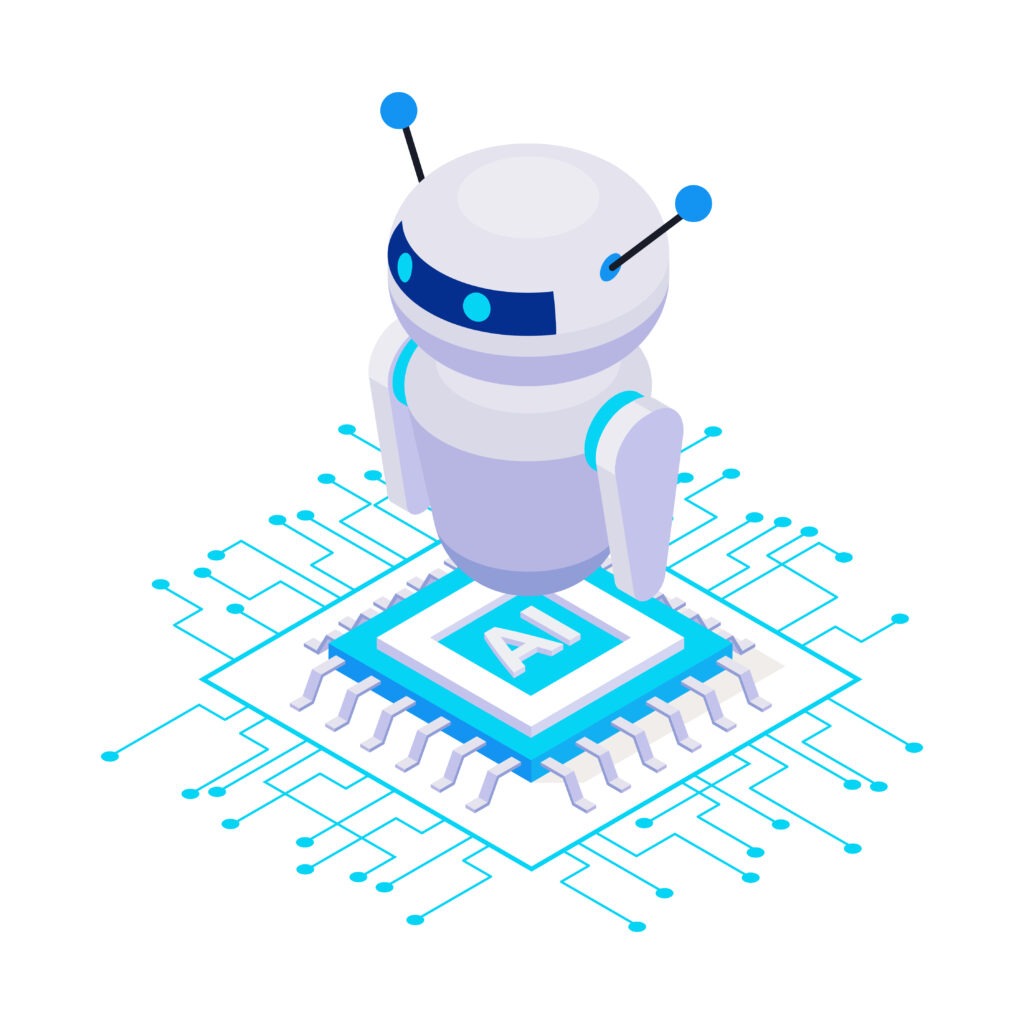
Introduction
Artificial intelligence robots combine advanced AI algorithms with robotics to perform complex tasks autonomously. From recognizing objects to making decisions, these robots are revolutionizing industries and transforming the way we live and work.
Artificial intelligence robots, also known as AI robots, are at the forefront of technological innovation. By integrating sophisticated AI algorithms with the mechanical capabilities of robots, these intelligent machines are capable of perceiving their environment, learning from data, and making informed decisions. They bring together the power of artificial intelligence and robotics to perform tasks that were once considered impossible for machines alone. In this blog post, we will delve into the fascinating world of AI robots, exploring their functionalities, applications, advantages, and limitations. Join us on this journey to understand how artificial intelligence is revolutionizing the field of robotics and shaping our future.
What is robotics, and how is AI useful in robotics?
Robotics is a field that combines engineering, science, and technology to design, develop, and operate robots. Artificial intelligence (AI) plays a crucial role in robotics by enabling robots to perceive, learn, and make decisions based on data.
Robotics involves the creation of robots that can perform tasks autonomously or assist humans in various applications. AI enhances robotics by providing robots with cognitive abilities, such as perception, reasoning, and decision-making. Through AI algorithms, robots can process sensory information, adapt to changing environments, and make intelligent choices.
Is robotics a branch of AI?
While robotics and AI are closely related, robotics is not a branch of AI. Robotics encompasses the physical design, construction, and operation of robots, whereas AI focuses on creating intelligent systems that can perform tasks without explicit programming.
Robotics and AI are interconnected fields, but they have distinct areas of emphasis. Robotics involves the mechanics and control systems of robots, while AI focuses on creating algorithms and models that enable machines to exhibit intelligent behavior.
How does an AI robot work?
An AI robot operates through a combination of hardware and software components. It uses sensors to perceive its environment, processes the collected data using AI algorithms, and employs actuators to interact with the physical world.
An AI robot relies on various sensors, such as cameras, lidar, or touch sensors, to gather information about its surroundings. This data is then processed by AI algorithms, which enable the robot to understand and interpret the sensory input. Finally, the robot utilizes actuators, such as motors or robotic arms, to perform physical actions based on its computations.
How is Artificial intelligence applied in robotics?
Artificial intelligence finds numerous applications in robotics. AI enables robots to perform complex tasks such as object recognition, path planning, and decision-making. It also facilitates human-robot interaction and enhances robot learning capabilities.
AI plays a vital role in enabling robots to perform advanced tasks autonomously. Robots can utilize AI algorithms for tasks like recognizing objects, understanding natural language, navigating complex environments, and even making decisions based on predefined rules or learning from experience.
What is something that an AI robot can never do?
While AI robots can exhibit impressive capabilities, there are certain limitations. They lack human-like consciousness and emotions, making it difficult for them to understand complex human experiences or possess genuine empathy.
Despite their advanced cognitive abilities, AI robots are still fundamentally different from humans. They lack subjective consciousness and emotions, limiting their understanding of nuanced human experiences. This absence of genuine empathy hinders their ability to fully engage with humans on an emotional level.
Are AI and robotics the future?
AI and robotics are poised to shape the future. They hold immense potential to revolutionize industries, enhance efficiency, and transform the way we live and work.
AI and robotics have the potential to bring about significant advancements in various sectors, including healthcare, manufacturing, transportation, and entertainment. With continued progress, they are likely to redefine our everyday lives and create new opportunities for innovation and productivity.
Artificial intelligence robotics advantages and disadvantages
Artificial intelligence in robotics offers several advantages, such as increased productivity, improved precision, and enhanced safety. However, challenges like ethical considerations, job displacement, and potential biases need to be addressed.
AI-powered robots can enhance productivity by automating repetitive tasks, achieving higher precision in complex operations, and improving safety by taking on hazardous or dangerous jobs. Nonetheless, ethical concerns surrounding AI, potential job displacement, and biases in algorithmic decision-making should be carefully addressed.
Artificial intelligence robot Sophia
Sophia, an artificial intelligence robot, gained attention for her human-like appearance and ability to hold conversations. She exemplifies the advancements in AI robotics, showcasing the potential for highly interactive and expressive human-robot interactions.
Sophia is a humanoid robot developed by Hanson Robotics. She utilizes AI algorithms to engage in conversations, exhibit facial expressions, and mimic human behavior. Sophia represents the progress made in creating robots that can interact with humans in a more natural and expressive manner.